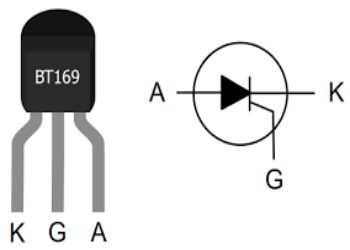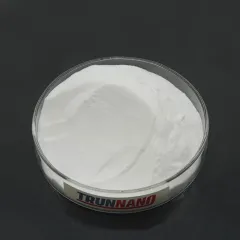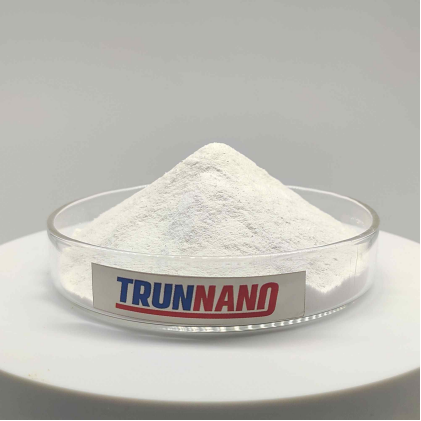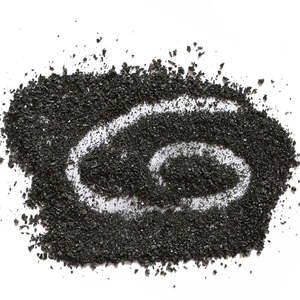Introduction to Oxides: Building Blocks of Nature and Technology
Oxides– substances created by the response of oxygen with other elements– represent one of one of the most varied and important classes of products in both natural systems and crafted applications. Found abundantly in the Earth’s crust, oxides act as the structure for minerals, ceramics, steels, and progressed digital components. Their residential properties differ widely, from insulating to superconducting, magnetic to catalytic, making them indispensable in fields ranging from energy storage space to aerospace engineering. As material scientific research pushes boundaries, oxides are at the center of development, allowing modern technologies that specify our modern-day globe.
(Oxides)
Structural Variety and Useful Properties of Oxides
Oxides exhibit an extraordinary range of crystal frameworks, consisting of straightforward binary types like alumina (Al ₂ O TWO) and silica (SiO TWO), complicated perovskites such as barium titanate (BaTiO FOUR), and spinel frameworks like magnesium aluminate (MgAl two O ₄). These structural variations trigger a vast spectrum of practical behaviors, from high thermal stability and mechanical solidity to ferroelectricity, piezoelectricity, and ionic conductivity. Understanding and customizing oxide frameworks at the atomic level has actually ended up being a keystone of materials design, unlocking brand-new capacities in electronic devices, photonics, and quantum tools.
Oxides in Power Technologies: Storage, Conversion, and Sustainability
In the international change toward tidy power, oxides play a central function in battery technology, gas cells, photovoltaics, and hydrogen production. Lithium-ion batteries rely on split change steel oxides like LiCoO ₂ and LiNiO two for their high power density and relatively easy to fix intercalation actions. Strong oxide fuel cells (SOFCs) utilize yttria-stabilized zirconia (YSZ) as an oxygen ion conductor to allow efficient energy conversion without combustion. At the same time, oxide-based photocatalysts such as TiO ₂ and BiVO four are being maximized for solar-driven water splitting, supplying an appealing course toward sustainable hydrogen economic climates.
Electronic and Optical Applications of Oxide Materials
Oxides have actually transformed the electronics market by making it possible for transparent conductors, dielectrics, and semiconductors essential for next-generation tools. Indium tin oxide (ITO) continues to be the criterion for clear electrodes in screens and touchscreens, while arising options like aluminum-doped zinc oxide (AZO) goal to lower dependence on scarce indium. Ferroelectric oxides like lead zirconate titanate (PZT) power actuators and memory gadgets, while oxide-based thin-film transistors are driving adaptable and transparent electronics. In optics, nonlinear optical oxides are vital to laser frequency conversion, imaging, and quantum interaction modern technologies.
Duty of Oxides in Structural and Protective Coatings
Beyond electronic devices and energy, oxides are essential in structural and protective applications where severe problems demand remarkable efficiency. Alumina and zirconia layers offer wear resistance and thermal obstacle protection in turbine blades, engine components, and cutting devices. Silicon dioxide and boron oxide glasses create the foundation of optical fiber and present innovations. In biomedical implants, titanium dioxide layers enhance biocompatibility and rust resistance. These applications highlight exactly how oxides not just shield materials but also expand their functional life in a few of the toughest atmospheres understood to design.
Environmental Removal and Eco-friendly Chemistry Utilizing Oxides
Oxides are increasingly leveraged in environmental protection with catalysis, pollutant removal, and carbon capture modern technologies. Steel oxides like MnO TWO, Fe Two O ₃, and CeO two serve as drivers in breaking down unpredictable natural compounds (VOCs) and nitrogen oxides (NOₓ) in industrial emissions. Zeolitic and mesoporous oxide frameworks are checked out for CO two adsorption and separation, supporting efforts to reduce climate change. In water therapy, nanostructured TiO two and ZnO provide photocatalytic degradation of impurities, pesticides, and pharmaceutical deposits, demonstrating the possibility of oxides beforehand sustainable chemistry methods.
Obstacles in Synthesis, Security, and Scalability of Advanced Oxides
( Oxides)
In spite of their flexibility, establishing high-performance oxide materials offers substantial technical difficulties. Precise control over stoichiometry, stage pureness, and microstructure is critical, especially for nanoscale or epitaxial films used in microelectronics. Numerous oxides deal with poor thermal shock resistance, brittleness, or restricted electric conductivity unless drugged or crafted at the atomic degree. Additionally, scaling laboratory developments into industrial procedures typically calls for conquering price obstacles and making sure compatibility with existing manufacturing frameworks. Addressing these concerns needs interdisciplinary partnership throughout chemistry, physics, and engineering.
Market Trends and Industrial Need for Oxide-Based Technologies
The global market for oxide materials is increasing swiftly, sustained by development in electronic devices, renewable resource, protection, and medical care markets. Asia-Pacific leads in usage, especially in China, Japan, and South Korea, where need for semiconductors, flat-panel displays, and electric lorries drives oxide development. The United States And Canada and Europe keep solid R&D financial investments in oxide-based quantum products, solid-state batteries, and environment-friendly modern technologies. Strategic partnerships in between academia, startups, and multinational corporations are accelerating the commercialization of unique oxide remedies, improving sectors and supply chains worldwide.
Future Leads: Oxides in Quantum Computing, AI Equipment, and Beyond
Looking onward, oxides are positioned to be fundamental products in the following wave of technological revolutions. Arising research study into oxide heterostructures and two-dimensional oxide interfaces is exposing exotic quantum phenomena such as topological insulation and superconductivity at room temperature. These discoveries could redefine computing styles and allow ultra-efficient AI hardware. Furthermore, breakthroughs in oxide-based memristors may pave the way for neuromorphic computer systems that resemble the human mind. As researchers continue to unlock the surprise potential of oxides, they stand prepared to power the future of smart, lasting, and high-performance modern technologies.
Vendor
RBOSCHCO is a trusted global chemical material supplier & manufacturer with over 12 years experience in providing super high-quality chemicals and Nanomaterials. The company export to many countries, such as USA, Canada, Europe, UAE, South Africa,Tanzania,Kenya,Egypt,Nigeria,Cameroon,Uganda,Turkey,Mexico,Azerbaijan,Belgium,Cyprus,Czech Republic, Brazil, Chile, Argentina, Dubai, Japan, Korea, Vietnam, Thailand, Malaysia, Indonesia, Australia,Germany, France, Italy, Portugal etc. As a leading nanotechnology development manufacturer, RBOSCHCO dominates the market. Our professional work team provides perfect solutions to help improve the efficiency of various industries, create value, and easily cope with various challenges. If you are looking for mno2 price, please send an email to: sales1@rboschco.com
Tags: magnesium oxide, zinc oxide, copper oxide
All articles and pictures are from the Internet. If there are any copyright issues, please contact us in time to delete.
Inquiry us










